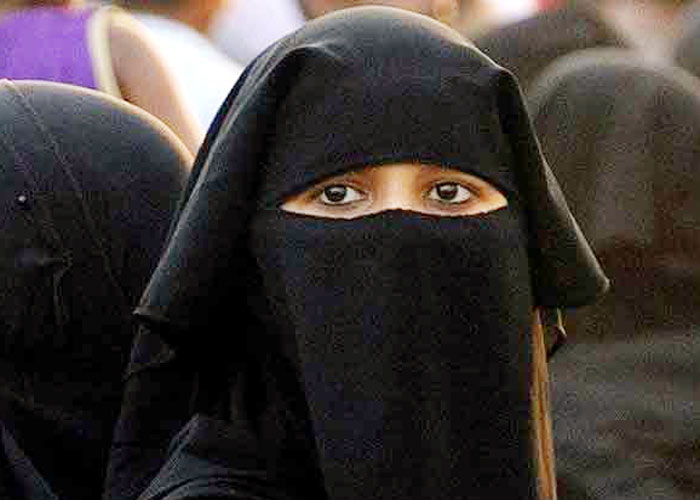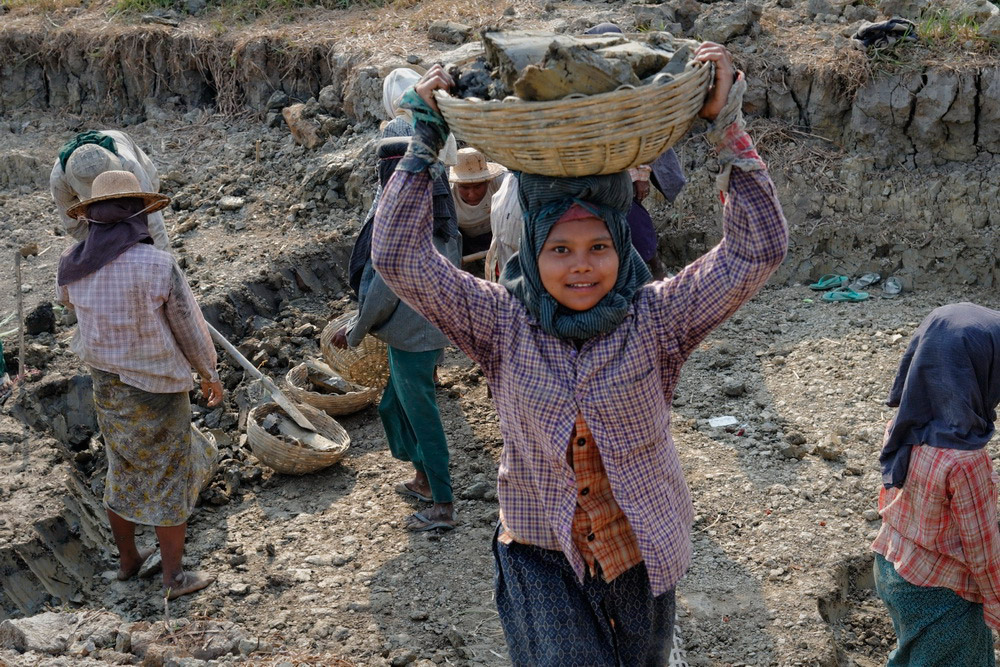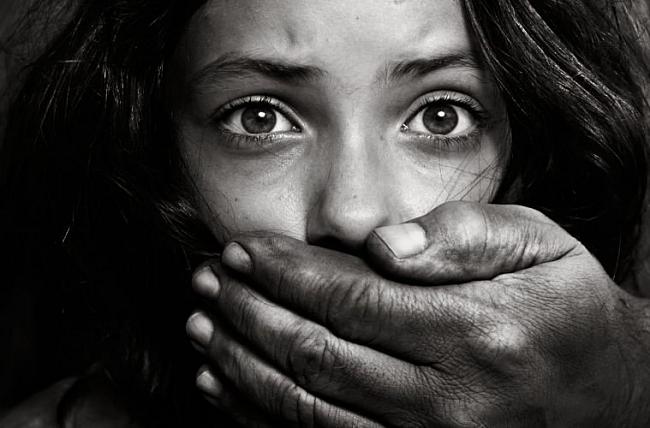By Pakhi More
The news of the Delhi police cyber cell registering FIR against an app for sharing pictures of women without their consent, had given some hope, that the wheels of justice, though slow, do turn afterall. It had taken several women, following up with the Delhi Commission of Women (DCW) and Swati Maliwal, as chairperson of DCW summoning the DCP of the Delhi Police Cyber Cell, for the FIRs to be eventually filed against several unnamed persons. A complaint was also filed by the National Commission of Women. A notice was also sent to the web platform that hosted this app – GitHub.
But after almost two months of this incident, there is no progress in investigation on the matter. About a week back, GitHub is said to have replied to the notice, claiming that since they are based out of India, they are not bound by the Indian Criminal Procedure Code. In the notice, GitHub was asked to share the IP address of the web page where photographs of Muslim women were shared but in its reply, the Company has asked that it should be approached under Mutual Legal Assistance Treaty (MLAT). MLAT is an agreement between two countries for exchanging information and the legal process involved may take a long time (may be months at end) before something concrete is achieved.
We were targeted because we were Muslim women who were vocal on social media, say women who were ‘sold’ online on a mobile app whose name contains a derogatory term for Muslim women.
“A friend sent me a tweet last week with a link to an app that was conducting an online sale of Muslim women. I clicked on the link, which took me to the homepage with a message that read ‘find your ‘Sulli’[derogatory term]. When I clicked on that message, a picture of a woman would appear describing it as the deal of the day. That’s how I found my picture there as well as pictures of some of my friends,” says Hana Khan, a commercial pilot. She found more than 80 such images on the portal.
“For some, this may be a new experience, but I have been a target for nearly a year,” says Sania Ahmad, a 34-year-old journalist, whose picture too was posted on the mobile application. “I called out a few Twitter accounts last year for auctioning pictures of Pakistani women. Ever since, the owner of the account and his minions have been hounding me, running polls and bidding on me as well as issuing gang rape threats to me,” Ms. Ahmad says. She and the others urge that the impunity enjoyed by the abusers must end, else the harassment will only worsen.
In May, around Id, Hasiba Amin was similarly ‘auctioned’ on Twitter. “Bids were called for me, starting from $1, then there were people who placed their bids using my picture and I was ‘sold’ for 77 paise,” she says. Though she has filed an FIR, there is yet to be any action.”
“I think it is very obvious that the reason this has happened to any of us is that we are Muslim women and most of us are vocal. It is a combination of misogyny and Islamophobia. There is an image of Muslim women being oppressed, sitting in their houses and not allowed to speak. But this image has been shattered through different protests led by Muslim women and that is why they are coming after us,” Ms. Amin fears.
Activists are concerned that India’s online space is becoming increasingly toxic for women in general, and Muslim women in particular.
Amnesty International India stated in a report last January that nearly 100 female Indian politicians were subjected to unprecedented levels of online abuse on Twitter. According to the report, the women were targeted not only for their online opinions, but also for aspects of their identities such as gender, religion, caste, and marital status.
The fight for justice for the women whose identities were stolen and used by the “Sulli Deals” app could be long and difficult. But they are determined to have it.
“If the police don’t find those who put us up for sale, I will go to the courts,” Ms. Khan said. “I’m going to pursue it till the end.”
Many Muslim women see this as a continuation of cyberbullying, harassment, and policing of Indian Muslim women online, which began with the deepfake sex tapes of journalist Rana Ayyub and culminated in the character assassination of activist Safoora Zargar during her trial last year.
While we express shock over the fate of the Afghan women, we need to ask ourselves – are we serious of the Indian women or are their rights just a cruel joke, that will have to be hard pressed in courts for years/even lifetimes at end.





